By Choekyi Lhamo
DHARAMSHALA, May 21: India and Nepal’s territorial dispute has flared over a new road built by India leading to a Hindu pilgrimage site in Tibet but Nepal says that it passes through its territory. Kathmandu issued a new map on Wednesday which showed the disputed area, including Limpiyadhura, Lipu Lekh and Kalapani, as part of Nepal, to indicate a toughened stance on territorial issues with India.
The move has drawn a strongly worded response from the Indian government. “It is contrary to the bilateral understanding to resolve the outstanding boundary issues through diplomatic dialogue,” India’s External Affairs Ministry spokesman Anurag Srivastava said in a statement. “Such artificial enlargement of territorial claims will not be accepted by India,” he said, noting that the road falls “exclusively within India”.
Indian Defense Minister Rajnath Singh inaugurated the 80 km road which makes up the shortest route from New Delhi to Mount Kailash, a sacred area in Tibet. Nepal has strongly contested India’s claim to the territory since early 19th century due to its potential as a trade route between India and China. Indian map shows the territory as a part of its state of Uttarakhand.
Nepal has strongly condemned the construction of the road as it claims that the new road passes through its territory and views it as an act of bullying. “We will get them back,” said PM Khagda Prasad Sharma Oli asserting that the disputed territories belong to Nepal. It has long claimed the areas of Limpiyadhura, Kalapani, and Lipu Lekh under the 1816 Sugauli treaty with the British colonial rule whereas Indian troops have controlled these areas since its war with China in 1962.
Nepal opposed an agreement between its two Asian giants, India and China, to promote Lipu Lekh as a bilateral trade route without the consent from the Nepalese government in 2015. The zones form a region of more than 300sq km considered important because it is where the Nepalese and Indian borders touch China. Officials said the new map will be printed in school and college textbooks, official documents and will be used for all administrative purposes.


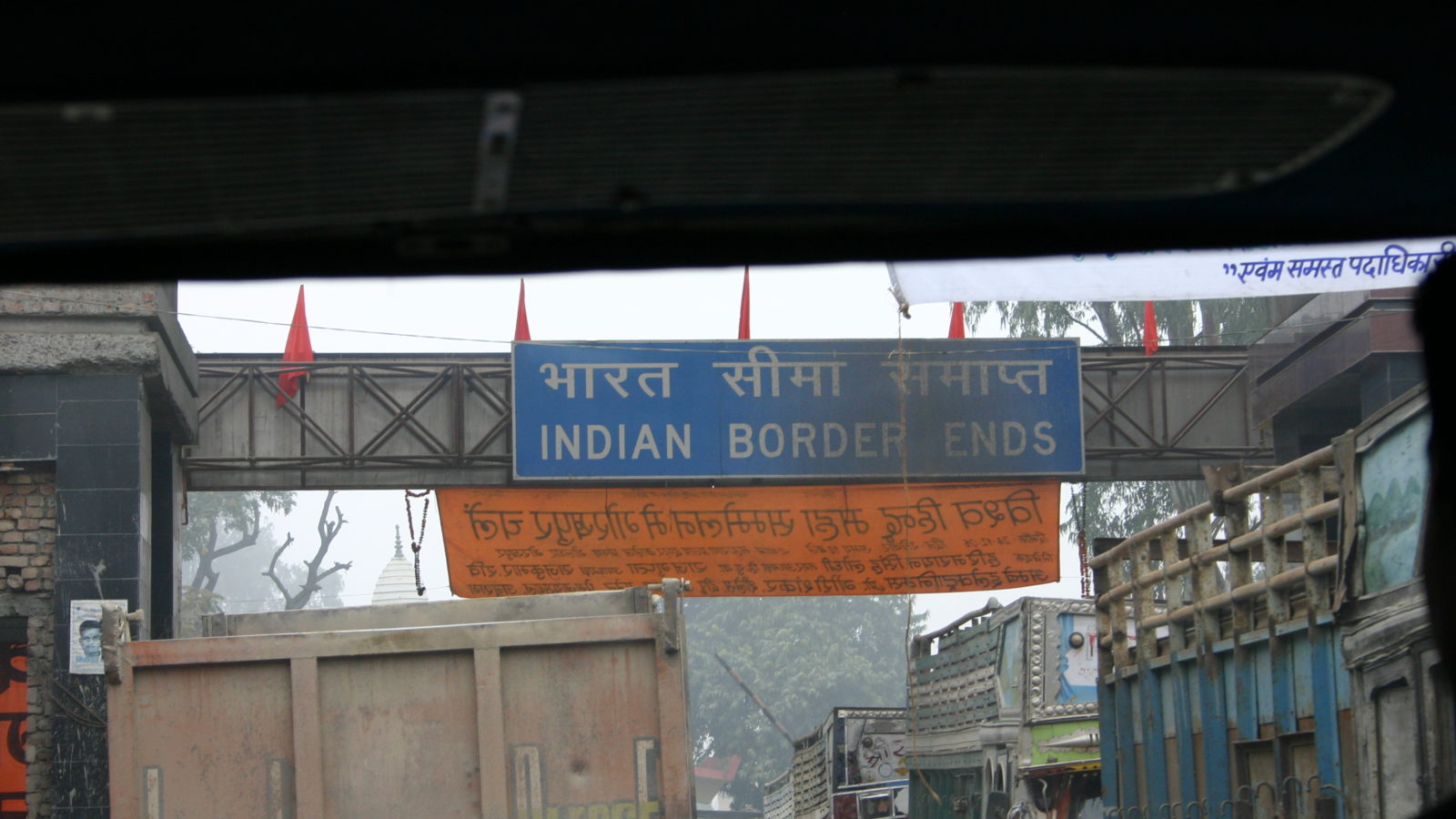



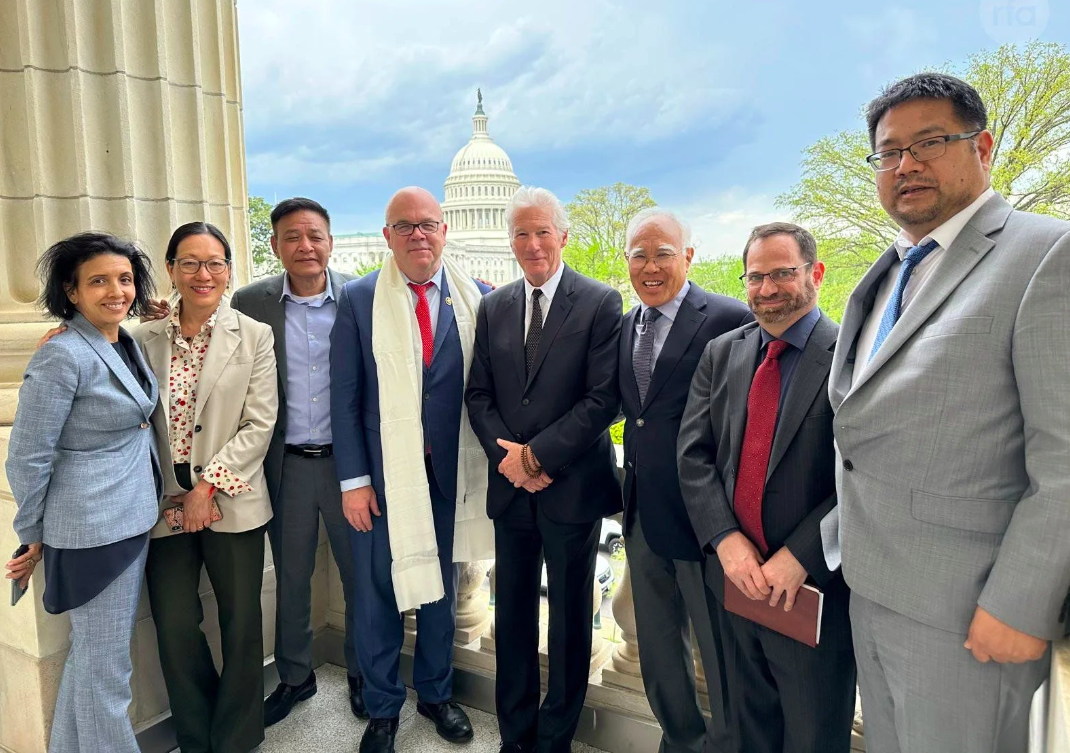
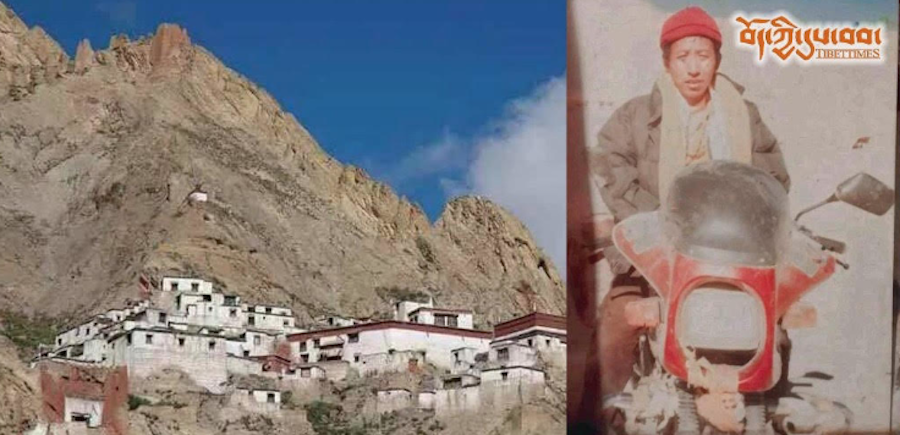
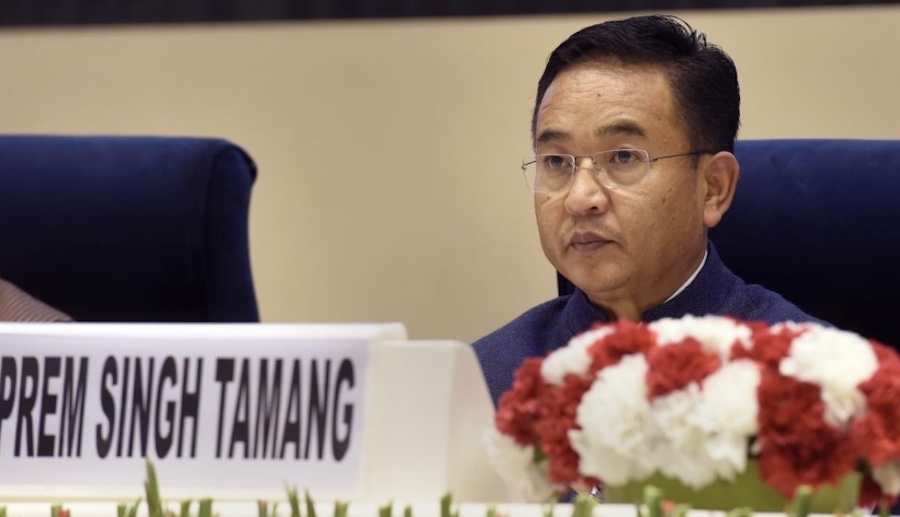
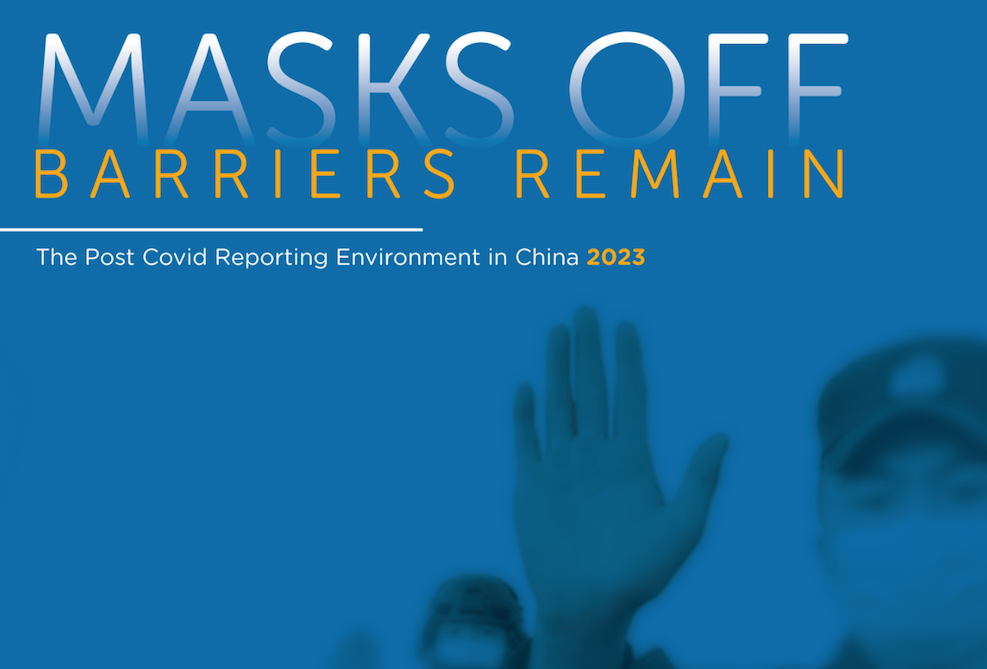
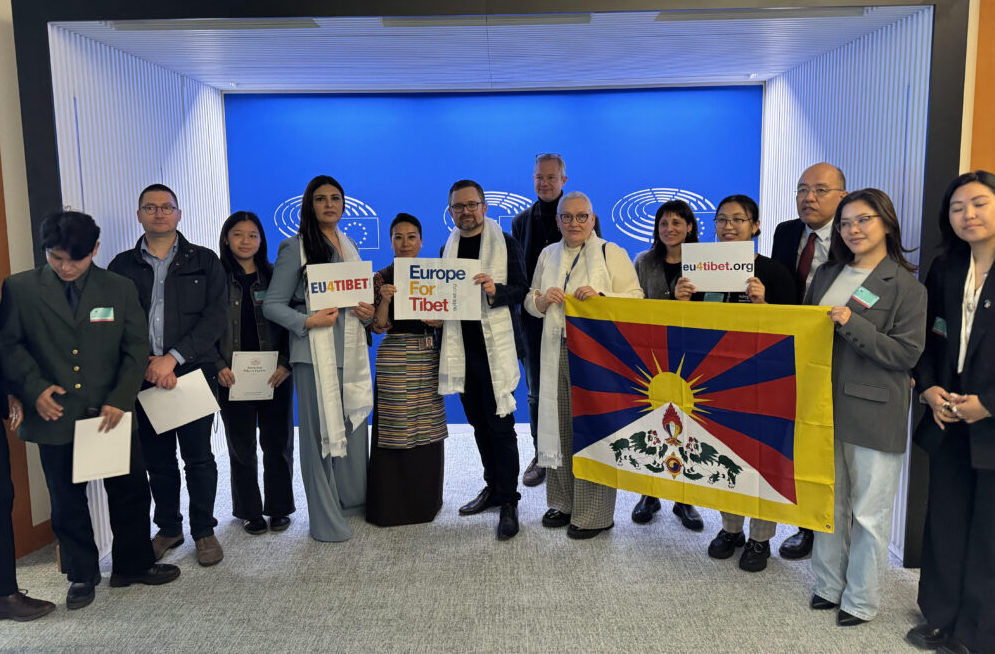
3 Responses
Borders along the entire trans-Himalayan region are in flux in a game of geo-political posturing.
https://www.ndtv.com/india-news/indian-jawans-detained-by-chinese-in-ladakh-last-week-freed-later-army-denies-2234310
In former times, mountain regions acted as a natural barrier, especially for those not suited to altitude. With changing times, the indigenous people of the region are best to determine what is most favorable for them. However to make informed decisions requires access to information without an agenda or bias. The Swiss have managed to hold on to their neutrality through times of crisis in Europe in previous times. Perhaps there are some lessons there?
Why Nepalese are sleeping since from 1816 and 1962 ?
From 1816-1950’s the area was still under nepali jurisdiction. We have proof of tax collection and the population there have been included in the first national census of 1950. The peoblem started during the india-china border war of 1962 when india established around 20 security post in whole of nepal as a survilience against india. The then prime minister marich man singh under king mahendra expelled the indian army after a prolonged stay in nepali territory. Out of some 20, the one at kalapani was left out because of its remoteness, it has just 3 villages wirh soem 1000 population. From 1962- today , time and again nepal givernment raised voice but the issue got withered away due to political instability within india and nepal. When there was any activity worth protesting, there was protest and when there was none, we forgot. This year the people’s anger crossed limit when rajnath singh, defense minister of india inagurated a road. So our government was pressured to respond. We have protested both India and China for jointly mentioning this area as a transit for trade. The Chinese government responded some days back saying this is internal stuff for india and neoal and they are willing to chnage their word mentioned in 2015 agreement with india.